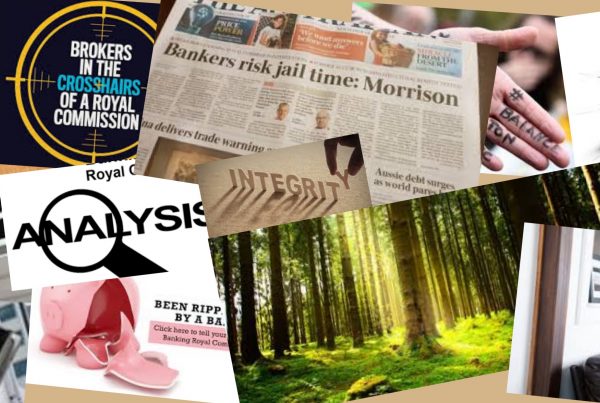Social media creates chaos in a crisis
Transparency is not always your friend. Sometimes we must manage the message.
The risk of social media in a crisis
Remember one of the objectives in a crisis is to stop media activity, not feed it. As a colleague says, “No media, no crisis”.
There are exceptions to this rule, such as when there is a genuine accident (plane crash, fire, mining accident) and the public needs information: clear, consistent, concise, constant.
But that is a rarity; a variety of studies have shown that over 80% of crises are smouldering issues (company secrets) that have ignited and become public.
Our task as crisis managers is to close the controversy down so that we can start the recovery process.
Company A
Had an issue with late home-deliveries; about 1% of deliveries did not arrive on time. That small proportion of customers justifiably complained because, for instance, they’d taken time off work to be at home for the arrival. The issues smouldered, but nothing was done internally. After all, said management, a 99% success rate ain’t bad.
But 1% of 100,000 customers adds up, and a tabloid TV program exposed three complaining customers.
Our task was to stop followup media, traditional and social. If the story took hold in social media those three complaining customers could grow and become the rest of that ‘1%’ – another 997 people. And even 10 people can create chaos on social media.
Social media mishandled = sales plummet and our crisis deepens.
Kid gloves please!
Don’t stimulate social media in a crisis and handle any social media complaints with care. Take them off-line quickly and spend the extra effort to appease these justifiably aggrieved customers.
Longer term, social media works
In the recovery phase of a crisis, once the dust has settled, start social media activity.
The company execs, still reeling from the crisis, may be nervous about this because initially we all know this will attract yet more complainants. Complaints need to be dealt with quickly and considerately one at a time. But it’s temporary.
At the same time, this crisis forces change within the company. The smouldering issue is addressed and the home-delivery service is reviewed, as is the way the company handles complaints. The attitude towards customers in the executive suite changes for the better.
In a short time the complaints on social media fall away, and with proper management the social media channels become tools that work for you – marketing tools for brand loyalty and building sales.
The alternative – do nothing
It’s an enticing option, often taken. And the inclination to take this course is understandable: companies that work in the dark are scared of the light.
Our experience though is that these days, with the pervasiveness of social and digital media, most smouldering issues are eventually flushed out.





